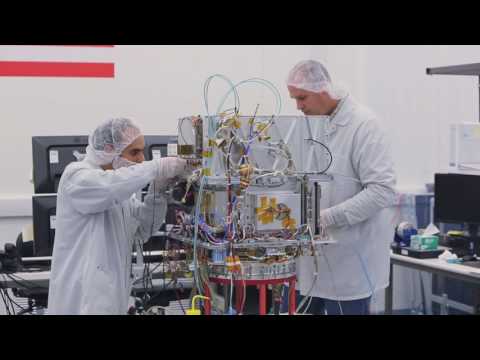Watch a fully functional launch abort system (LAS) and test Orion spacecraft launch to an altitude of 31,000 feet at Mach 1.15 (more than 1,000 mph)! On July 2, 2019, NASA successfully demonstrated the Orion spacecraft’s launch abort system can outrun a speeding rocket and pull astronauts to safety during an emergency during launch. News release: https://go.nasa.gov/2Xg7mkJ Orion was launched atop a Northrop Grumman provided booster from Launch Pad 46 at Cape Canaveral Air Force Station in Florida. The test is another milestone in the agency’s preparation for Artemis missions to the Moon that will lead to astronaut missions to Mars.
Launch of Orion Spacecraft Ascent Abort-2 Test

Comments
7 responses to “Launch of Orion Spacecraft Ascent Abort-2 Test”
-
Will the crew survive the sudden increase in speed after separation? How many G-force will be measured?
-
Fantastic! I can’t wait for the moon mission, I was six years old fifty years ago, my parents got me and my brother out of bed, we are from the UK, to watch Neil Armstrong walk on the moon. Astronauts are my heroes.
-
Is that the shape the rocket is going to be with astronauts on it? Looks like a giant wine bottle… maybe I'm just used to watching falcon so much… certainly looks stable. And is the entire bottom the engine? Kind of cool looking.
-
I legit cannot wait until they finish the rocket and they can do manned missions to other planets 😀
-
Thats so cool. Can I be in the capsule when you do the test with a parachute?
-
This is such a lovely film of everything that happens. Gets all the 3 bodies in shot. Nice work.
-
I was working at NASA at the time of this test. Huge deal my my department. The reason for no parachutes is because they were validated in an earlier test (Pad Abort 1 aka PA-1) so instead we used the space for ballast and other things to make sure our mass and CoG were in order.
Also, the reason the abort started when the announcer said "abort will start in about 10 seconds" was because the Cape was both a little warmer and the air pressure was a little lower than projected. This allowed the test to satisfy the acceleration and pressure requirements slightly ahead of estimates.




Leave a Reply